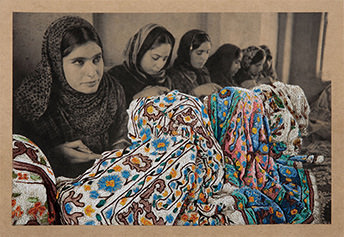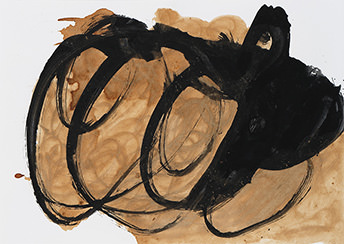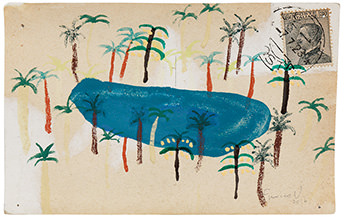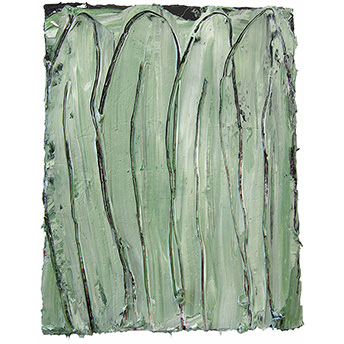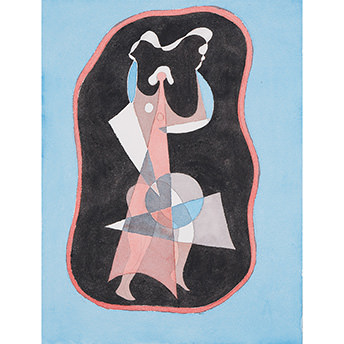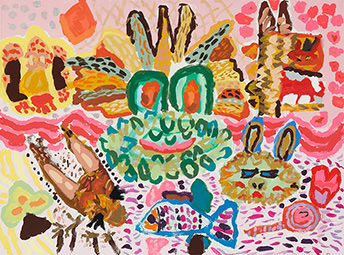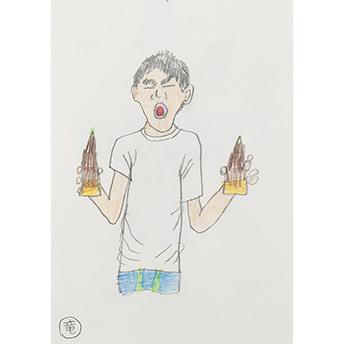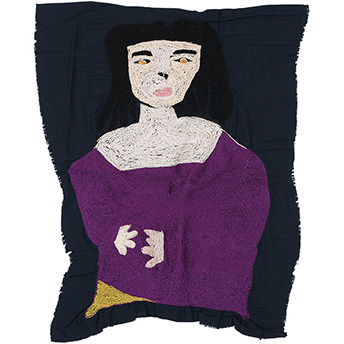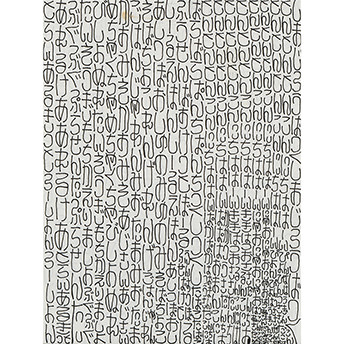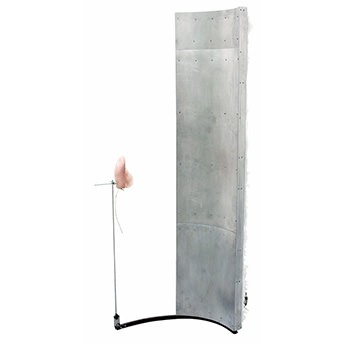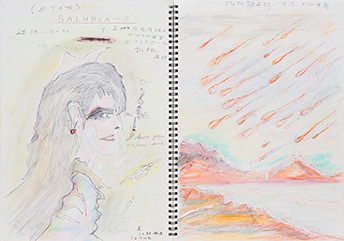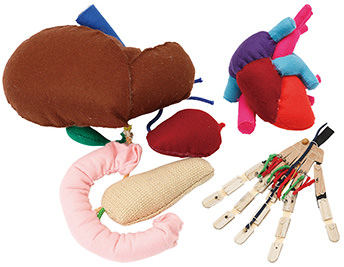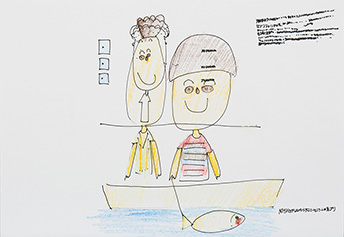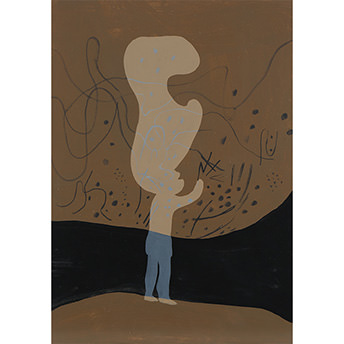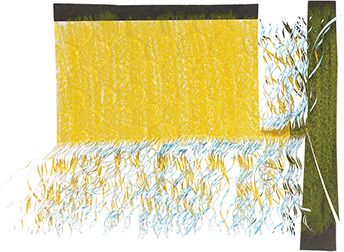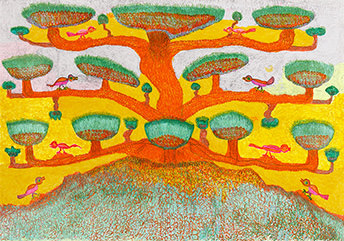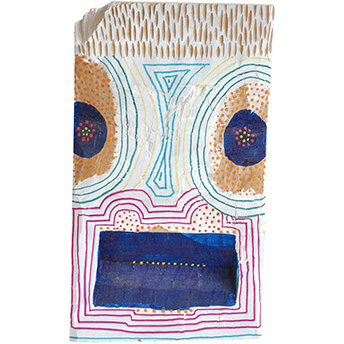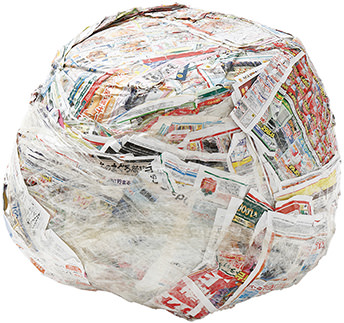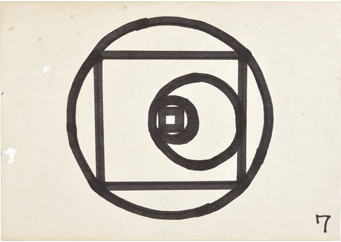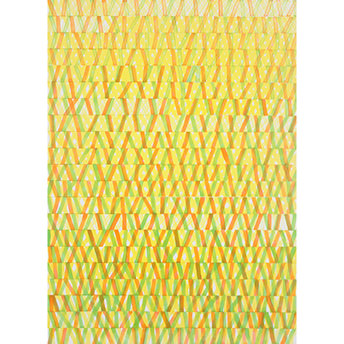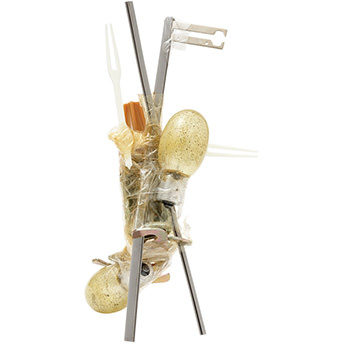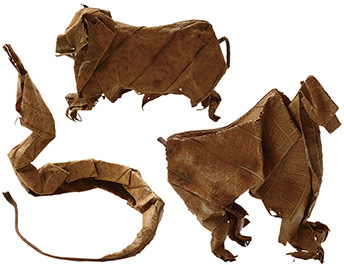The Nippon Foundation DIVERSITY IN THE ARTS
Museum of Together Exhibition
Outsider Art and Contemporary Art, Experience 22 Different Worlds of Art
A Museum Open to Everyone
Venue: Spiral Garden (Spiral 1F)
Opening Hours: 11:00–20:00
Free admission / Open every day
* Open until 18:00 on October 13 (Friday)
Download our official press release to find out more about the exhibition. (Only Japanese available)
DownloadMessage
Curators Message
The Museum of Together is a temporary museum showing art works and archives by 22 participants. The artists live and work in many different kinds of contexts; from being professional artists with gallery representation, artists who work in special care atelier facilities, artists who work at home and artists who teach in special schools. The motivations and intentions of the artists are diverse. Some have a deep awareness of art history, some make art to feel better and maintain health and balance, some sell their works and others ask that their works are thrown away after being completed.
What brings them together is an intensity of feeling and vision about art-making that is rooted in desires beyond simply the ego personality. Here art may emerge from despair, ecstasy, isolation, joy and varying degrees of altered states of consciousness. Although we can explain many aspects of their art through words, there are also many aspects that invite us to adopt different kinds of attention and sensibility. The Museum of Together tries to think about art as an active tool to generate and maintain psychic and spiritual wellbeing. This is not something special to only a certain kind of art such as Outsider Art, or an art that can be spoken about simplistically as ‘pure’ or ‘raw’. It has been a crucial aspect of all art, from religious art to the many modern and contemporary expressions of what we can call ‘spirituality’ in art.
The art works are not only tools for the artists who create them, but crucially have the radical potential to be of use to all of us. The Museum of Together invites you to become an active part of the exhibition, not only through reading the accompanying captions, but through careful looking and letting different desires flow inside you. One of the aims of this exhibition is to appeal to as broad an audience as possible. In this regard we held many discussions from the initial planning stages with people with hearing, physical and visual disabilities. The exhibition design and Access Art Program have been planned with this in mind, and hopefully we have created a ‘set and setting’ appropriate for the art works to connect among themselves, the soul of the viewers and the wider society. We hope that the exhibition is used by the audience and that its affects resonate widely.
Curators: Roger McDonald / Yuko Shiomi
Introduction
The Nippon Foundation aims for an inclusive society in which everyone can participate. The Nippon Foundation DIVERSITY IN THE ARTS project, which focuses on artistic activities by persons with disabilities, seeks to transcend borders and facilitate interaction, to promote a wider awareness and recognition of the value of diversity.
Through a variety of activities, including holding exhibitions and forums, safekeeping and lending works of art, and proactively disseminating information, we are engaged in a variety of events ahead of the Tokyo 2020 Olympic and Paralympic Games. By allowing many people to participate in these activities, we hope to encourage more people to become involved, leading to new events going forward.
The Nippon Foundation DIVERSITY IN THE ARTS Exhibition – Museum of Together is the project’s first exhibition. We have assembled an organizing team that comprises a diverse range of viewpoints, specialist expertise, and approaches, and these various perspectives are being incorporated as preparations move forward. We hope that this exhibition will provide an enjoyable opportunity for visitors to meet new people, and to develop new interests and perceptions.
The Nippon Foundation
Organizer
Artists
The “Museum of Together” exhibition consists of artworks in many different environments, including special care facilities, ateliers, private residences, and studios, as well as an archive of various materials and models.
- Satoru Aoyama
- Fumito Urabe
- Emi
- Rikako Kawauchi
- Christian Hidaka
- Kazuko Komatsu
- Chiaki Shimizu
- Chiharu Shimizu
- Nobuko Tsuchiya
- Masahiko Tsuchiya
- Sayaka Teraguchi
- Peter McDonald
- Yuki Fujioka
- Hideo Furutani
- Kayo Horie
- Nao Matsunaga
- Masataka Mizuuchi
- Mizunoki Archives
- Masaki Mori
- Koichi Yashima
- Ryunosuke
- Yoshihiro Watanabe
- Shingo Katori
Programs
Access Art Program
The Access Art Program connects visitors with the artworks brought together for the exhibition. This program is designed to encourage visitors to encounter a wide range of people through art, and freely and informally express how they feel about the artworks. It aims to make art more accessible for everyone.
Dates and Times
Workshop themed on creating “dialogue” together with people with hearing disabilities
October 14 (Saturday) 14:00–16:00
October 27 (Friday) 18:00–20:00
Workshop to create art-viewing experiences together with people with visual disabilities
October 15 (Sunday) 14:00–16:00
October 18 (Wednesday) 18:00–20:00
Free to participate
Food Program
During the exhibition period, Spiral Café on the ground floor of the venue offers a food menu especially designed for the exhibition. Imagining Aoyama, the area where Spiral is located, truly as a blue mountain (the literal meaning of “Aoyama” in Japanese), this special menu creates a complementary experience to the exhibition through smell, taste, sound and texture, allowing visitors to feel like they are talking a walk in an imaginary blue mountain forest.
Yuri Nomura (eatrip) has designed the food menu while Kako Osada (foodremedies) developed the desserts.
Further information will be announced in early September.
Please visit the website for the latest information.
Access
Spiral Garden
5-6-23 Minami-Aoyama, Minato-ku, Tokyo
- Venue
- Spiral Garden (Spiral 1F)
- Address
- 5-6-23 Minami-Aoyama, Minato-ku, Tokyo
Access by Car
- From Shibuya
- Take Aoyama-dori (National Route 246) toward Akasaka. After passing Aoyama Gakuin University on the right, make a U-turn at the Omotesando crossing. Spiral is on the left.
- From Akasaka
- Take Aoyama-dori (National Route 246) toward Shibuya. After passing the Omotesando crossing, Spiral is on the left.
- From Harajuku
- Take Omotesando-dori (National Route 246) toward Kasumigaseki. After turning right at the Omotesando crossing, Spiral is on the left.
Parking
Hours: 8:00–23:00
Tel:03-3498-1197
Fee: ¥400 per 30 minutes, ¥2,000 all day
Lots:57
One priority lot is reserved for people with disabilities by the entrance.
57 lots are available for regular vehicles.
Fee: ¥400 per 30 minutes, ¥2,000 all day
Only regular vehicles with heights below 2,300 mm that fit in a mechanical parking device can use the all-day pass.
Vehicle Size for Mechanical Parking Lot
5,050 mm (length) x 1,850 mm (width) x 1,550 mm (height)
Weight: 1,900 kg
Please call 03-3498-1197 (hours: 8:00–23:00) to make a parking reservation.
Access by Train
Toyo Metro Ginza, Hanzomon and Chiyoda lines
Exit from B1 or B3 exits at Omote-sando Station and walk for 1 minute in the direction of Shibuya.
There is an elevator and escalator at Exit B3.
Guide dogs, hearing assistance dogs, and service dogs are always welcome at the venue.
Credit
Organized by The Nippon Foundation /
Produced by The Nippon Foundation DIVERSITY IN THE ARTS /
Supervised by Arts Initiative Tokyo [AIT] /
Planning cooperation: Spiral /
Venue cooperation: Wacoal Art Center Co., Ltd.
Curators: Roger McDonald, Yuko Shiomi [AIT] /
Exhibition Space Design: Atelier Bow-Wow /
Exhibition Graphic Design: So Hashizume /
Editorial Design: Eri Ishida /
Learning Program Planning: ABLE ART JAPAN /
Learning Program Support: Viewing Artwork Together with People with Visual Disabilities, Art and Sign Language Project, Mori Art Museum
Artists: Satoru Aoyama, Fumito Urabe, Emi, Rikako Kawauchi, Christian Hidaka, Kazuko Komatsu, Chiaki Shimizu, Chiharu Shimizu, Nobuko Tsuchiya, Masahiko Tsuchiya, Sayaka Teraguchi, Peter McDonald, Yuki Fujioka, Hideo Furutani, Kayo Horie, Nao Matsunaga, Masataka Mizuuchi, Mizunoki Archives, Masaki Mori, Koichi Yashima, Ryunosuke, Yoshihiro Watanabe, Shingo Katori
Special Food Menu: Yuri Nomura (eatrip), Kako Osada (foodremedies)
Research Curators: Toru Akaogi (atelier A), Kaoru Ouchi (Arts Council Niigata), Takayoshi Okabe (Hajimari Art Center), Taro Okabe (Tanpopo-no-ye), Riko Okuyama (Mizunoki Museum of Art, Kameoka), Mari Chiba, Akigo Tsuguchi (Tomonotsu Museum), Shihoko Matsumoto (Warakoh Museum), Yoshiyuki Morioka (Morioka Shoten), Masato Yamashita (Atelier Yamanami)
Cooperation: MIZUMA ART GALLERY, Yamanami-kai Social Welfare Corporation, Atelier Yamanami, GALLERY SIDE 2, WAITINGROOM, General Incorporation Foundation Tanpopo-no-ye, Wataboshi-no-kai Social Welfare Corporation, atelier A, SCAI THE BATHHOUSE, Hiroshima Central School for Special Support, Yukai Co., Ltd. studio COOCA, Yamato-kai Social Welfare Corporation ,Yamato Kogen Taiyo-no-ie, Palette-kai Social Welfare Corporation, Palette Tatsuno, Mizunoki Museum of Art, Kameoka
Contact
Exhibition Information
Museum of Together Exhibition Office
4F Jimbocho-Sun Bld., 1-6, Kanda-Jimbocho
Chiyoda-ku, Tokyo 101-0051, Japan
The Nippon Foundation DIVERSITY IN THE ARTS
Tel: 03-5577-6627
Email: info@diversity-in-the-arts.jp
Venue Information
Spiral/ Wacoal Art Center Co., Ltd.
5-6-23 Minami-Aoyama, Minato-ku, Tokyo, 107-0062
Tel: 03-3498-1171


